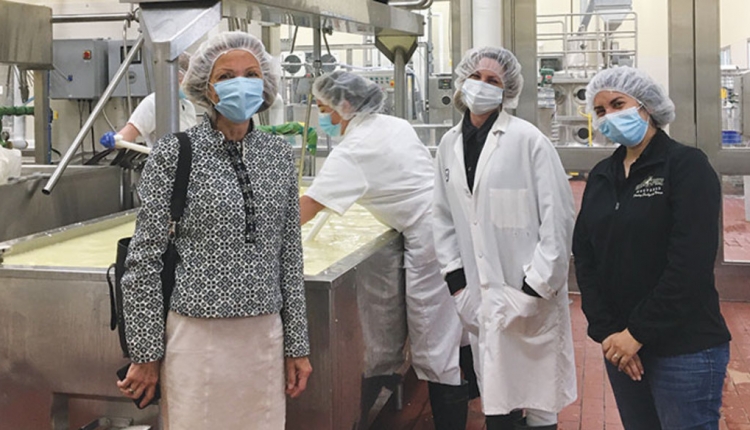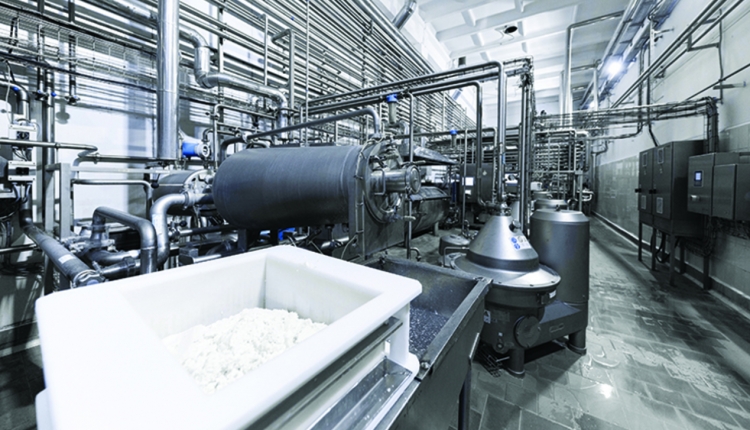
For labor and feeding efficiency, farmers can evaluate several variables:
- Location of facilities — How close they are to each other?
- Driveways —How well they are maintained and ability to move quickly?
- Loaders — Is it for loading or transporting? How much time is spent driving from place to place?
- Size of loader — Bucket size and how many trips?
- Size of mixer — Tons of feed it can carry.
- Mixer utilization — Is it full to capacity?
Using the equipment to capacity made a big difference when looking at both costs and labor.
“Every time the mixer left the feed center, the closer it was to full, we brought our total costs down, and that’s a combination of labor cost, plus the investment ownership cost,” he said. “If we’re using the equipment more efficiently, if it’s full, then my investment per ton is actually lower. Our lower cost per ton feed tends to have a lower investment per ton and quite significantly, because of that utilization component.”Get the feed into cows’ mouths
Shrink has become more of a management focus, as the different types of storage have varying percentages of loss.
Shrink has become more of a management focus, as the different types of storage have varying percentages of loss.
“What can the feeders be doing? What can we be doing as daily activities to lessen shrink and decrease the amount of feed that is purchased and not used effectively?” he asked of feed that gets on to the farm but never makes it into a cow.
As a whole, managing the feed center as a cost center can improve performance.
“We do have a range of costs associated with loading, mixing, and delivering loads,” he said. “Investment decisions impact both operating and ownership costs, and shrink is a significant estimated expense.”
“We do have a range of costs associated with loading, mixing, and delivering loads,” he said. “Investment decisions impact both operating and ownership costs, and shrink is a significant estimated expense.”








